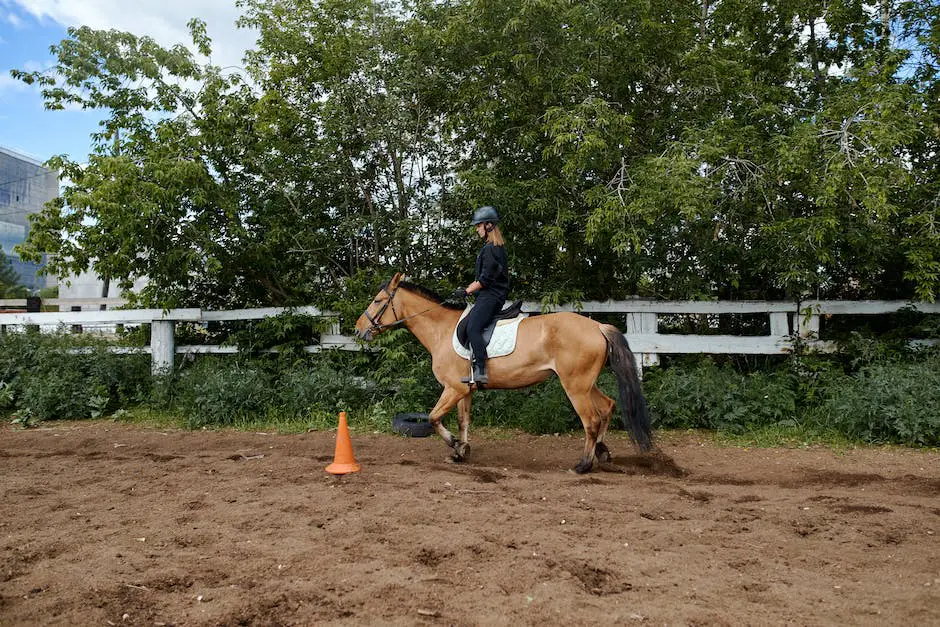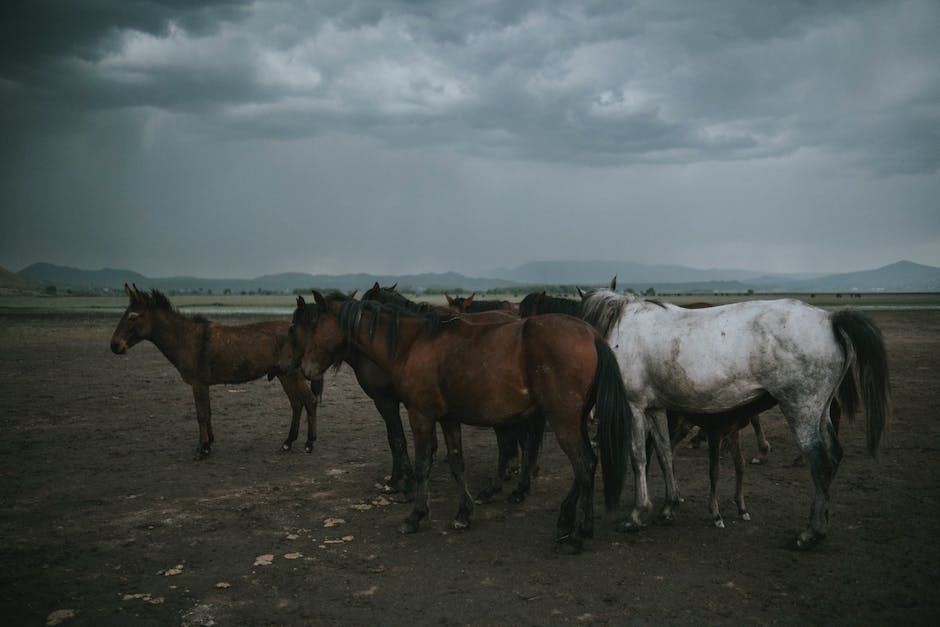Horses have long been admired for their majestic beauty and their resiliency, each breed bearing their unique characteristics and remarkable histories. Two distinguished breeds that have garnered significant mention over the years are the Shire Horse and the Suffolk Punch. Derived from the picturesque landscapes of the United Kingdom, these breeds have played critical roles in sustaining agriculture and industry through time. While they share common traits as draught horses, marked variations define their identities, shaping the way they are perceived, cared for, and employed by their respective communities.
Table of Contents (Horspedia)
Shire Horse Overview
Shire Horse Overview: Precious Legacy and Modern Sensibilities.
The Shire Horse carries a dignified lineage dating back to the medieval times. Known for their gargantuan size and unyielding strength, Shire Horses were the trusted allies of knights in heavy armor. Even today, they hold the world record for being the tallest and heaviest horse breed.
Physically, Shire Horses are primarily black, brown, or grey. Their defining characteristics include a sturdy build, long legs, broad backs, and large hooves. Many of them have white marks on their body, usually on the face and feet, which further enhance their majestic presence.
In terms of temperament, Shire Horses are calm, intelligent, and diligent—traits that make them easy to train and reliable for various tasks. Despite their intimidating size, they often display a surprisingly docile and gentle nature. This sweet disposition has made them favorites among horse owners and breeders alike.
During the Industrial Revolution, Shire Horses transitioned from warhorses to working animals in farms and hauling heavy loads in burgeoning industries. Even with the advent of modern machinery, they remain in demand. Today, they are often seen in farming, logging, draught work, and even in public ceremonies, symbolizing strength and heritage.
Ironically, real-life experiences of breeders and horse owners bring to light the declining numbers of this magnificent breed due to mechanization. Their docility, strength, and versatility make them a lovable breed, and efforts are in place to increase their breeding and preservation.
Suffolk Punch: A Different Breed of Bravery.
Unlike the Shire Horse, the Suffolk Punch traces its ancestry to the peaceful farmlands of Suffolk, England. Universally recognized for their chestnut coat, this breed is relatively smaller but equally robust.
The Suffolk Punch stands out with a well-muscled, compact body, heavy round neck, and strong legs that demonstrate their fantastic stamina. Predominantly chestnut in color, they often impress with their varying shades from dark liver to light mealy.
Similar to the Shire Horse, the Suffolk Punch is known for its commendable temperament. They are notably amiable, easygoing, and responsive, making them well-suited to work closely with humans. Their remarkable intelligence, paired with their eager-to-please attitude, ensures easy training for various activities.
Historically, the Suffolk Punch was developed for agricultural purposes in the 16th century. With their immense power and well-built body, they became indispensable assets for heavy farm labor and pulling coaches. Modern times have seen them in commercial forestry, draught work, and recreational riding, their versatility leaving a mark in both rural and urban regions.
However, this proud breed also shares a rather grim similarity with the Shire Horse. Despite their inherent benefits, the Suffolk Punch is endangered in its native land and other parts of the world. Owners and breeders echo the urgent need for conservation efforts for these unique, hardworking companions.
In summary, the Shire Horse and the Suffolk Punch are emblematic of the power, tenacity, and companionability embodied by horses. Their roles have not only evolved alongside human civilization, but have also made significant impacts on how we shape our landscapes and how we live our lives. A key unifying aspect, however, is the urgent need for public awareness and active efforts to ensure these magnificent breeds continue to thrive and prosper in the contemporary world.

Photo by samaustin on Unsplash
Suffolk Punch Overview
The Suffolk Punch: An Emblem of American Heritage
The Suffolk Punch, hailing directly from the county of Suffolk in England, is uniquely one of Britain’s oldest recognized breeds of heavy horses. Distinct for its rich chestnut color, the Suffolk Punch has been mainly used historically in agriculture, outshining many other breeds with its extraordinary strength, endurance, and work efficiency.
Physically, Suffolk Punch horses are of considerable size but compact, standing an average height of around 16 to 17 hands, and some males even grow taller. They boast a strong, muscular body, short legs, and big, round hooves. Their heads often seem small in comparison to their body size, but their eyes are incredibly expressive, and their ears are short.
The Suffolk Punch’s fame, however, does not solely lie in its physical strength but also in its personality. These horses are typically calm, intelligent, and eager to please their human companions, which makes them wonderful partners in both work and leisure activities.
Although the mechanization of agriculture has led to a decrease in Suffolk Punch horses’ numbers, there remains an enduring interest and passion for maintaining the breed for its historical significance. This perseverance is exemplified by the Suffolk Horse Society, which has been dedicated since 1877 to preserving the breed’s purity through strict breeding regulations.
The Shire Horse: A Noble Giant
The Shire horse, in comparison, is a magnificent beast that can not be overlooked. It is one of the largest horse breeds, with males standing 17 to 19 hands tall on average, and females a slightly shorter 16 to 18 hands. Most Shire horses are black, brown, or grey, though bay Shires aren’t uncommon.
Like the Suffolk Punch, the Shire horse has its origins in Britain, where it was used extensively for pulling carts and carriages, as well as for agricultural work. Shire horses are particularly noted for their incredible strength; a single Shire horse can pull a weight of more than three tons.
Despite their gargantuan size, Shire horses have a reputation for being gentle giants, with an even-tempered and docile nature. They are intelligent and patient, adaptable to various types of work, and are as comfortable pulling a plough as they are drawing a carriage in a procession.
Today, the Shire horse is somewhat rare, with their numbers dwindling due to the same modernization that affected the Suffolk Punch. However, various societies are devoted to preserving this majestic breed, including the Shire Horse Society which has been operational since 1878.
Comparing the British Giants: Suffolk Punch and Shire Horse
The Suffolk Punch and Shire horse, both heavyweight champions of the equine world hailing from Great Britain, have elements that distinctly set them apart despite their mutual heritage. The most striking difference lies in their dimensions; Shire horses often tipping the scale both in terms of size and stature compared to their Suffolk Punch counterparts. A unique feature of Shire horses is the feathering; long hairs draping their lower limbs and hooves, which is absent in the Suffolk Punch.
Renowned for their strength and endurance, these breeds however exhibit contrast in their typical assignments. The Suffolk Punch, with its signature chestnut color, has predominantly been linked with Earth’s tireless laborers, traditionally employed for demanding plow work in agriculture. In contrast, Shire horses flaunt a versatile resume, providing services equally efficiently both in the farm and the carriage houses.
Analyzing temperament, both breeds carry a reputation for being gentle, intelligent and trainable. Yet, breeders frequently emphasize the unparalleled easy-going nature and devoted work ethics of a Suffolk Punch.
With their shrinking numbers, active preservation of these spectacular breeds is imperative. Fans and breeders alike treasure their historical legacy and dedicate substantial efforts to uphold their unique attributes.

Comparative Study of Shire Horse and Suffolk Punch
Comparing Dimensions and Appearances: The Shire Horse and the Suffolk Punch
Known for their formidable size and power, both the Shire Horse and the Suffolk Punch are among the world’s most substantial horse breeds. A Shire Horse usually measures between 17 and 19 hands high (68 to 76 inches) and weighs from 1,800 to 2,400 pounds. Common coat colors include bay, brown, black, or grey, but they are most well-known for their distinct feathered legs.
Contrarily, the Suffolk Punch stands somewhat shorter, roughly 16 to 17 hands high (64 to 68 inches), and typically weighs between 1,900 to 2,200 pounds. The breed is uniquely uniform in color, only showcasing a chestnut range, from bright red to a darker liver shade. Unlike the feather-legged Shire horse, the Suffolk Punch showcases sturdy, unadorned legs.
Temperament Characteristics
Both the Shire Horse and the Suffolk Punch are known for their calm and willing temperament. They exhibit an extraordinary level of patience and are known for their hardworking nature. The Shire Horse, in particular, often shows a gentle and docile demeanor, which alongside its significant size and strength, makes it an ideal choice for heavy draft work.
The Suffolk Punch, meanwhile, is renowned for its stamina, intelligence, and versatility. Despite its large size, this breed is remarkably agile and responsive, making it as fitting for fieldwork as it is for harness and draught work.
Common Uses and Roles in Agriculture and Draught Work
Historically, both the Shire Horse and the Suffolk Punch have been integral to agricultural sectors for their extraordinary strength and endurance. These breeds were primarily used in pulling heavy loads, such as carts filled with goods, and plowing fields.
The Shire Horse, in the past, was often used in breweries to haul large beer wagons. Today, this breed is frequently seen in various roles such as forestry work, promotional activities, and even parades.
The Suffolk Punch, with its robust and stocky built, was most commonly used in farming for tasks like plowing, tilling, and harvesting. Today, their versatility is utilized in a wide variety of disciplines from forestry to dressage and driving.
Conservation Status and Population Trends
Currently, both the Shire Horse and the Suffolk Punch are listed as endangered by the Rare Breeds Survival Trust. Their population has significantly dwindled over the years due to the advent of mechanization that rendered heavy horses redundant in many fields.
The Shire Horse Society, established in 1878, aims to promote the breed and maintain its standards. Similarly, efforts are also being made across the UK and US to preserve and promote the Suffolk Punch with the help of different societies and trusts.
Misconceptions and Unique Qualities
A common misconception regarding both the Shire Horse and the Suffolk Punch is about their agility due to their heavy body size. However, both these breeds are remarkably nimble and athletic for their size.
The Shire Horse, with its iconic feathered legs and significant stature, is a crowd favorite at parades and shows. It has a presence that few other breeds can match.
The Suffolk Punch, with its beautiful chestnut coat and stocky built, is known for its hardiness and resilience. Its ability to maintain condition on a modest diet is a unique quality that sets it apart from many other breeds.
In conclusion
While the Shire Horse and Suffolk Punch share similarities in terms of their strength, size, and calm disposition, they each have their own set of unique characteristics and qualities that make them stand out.

These facts emphasize the distinct attributes and compelling history that the Shire Horse and Suffolk Punch have contributed to the equine world. A true understanding of these breeds goes far beyond their physical features or temperaments. It resides in the narratives of the devoted breeders, public perceptions, the roles they’ve played in society, and the conservation programs ensuring their survival. Their enduring strength and grace symbolize the resilient spirit of rural societies throughout time. Delving further into the life and history of these breeds offers a deeper appreciation of their invaluable contribution in shaping the world as we know it.